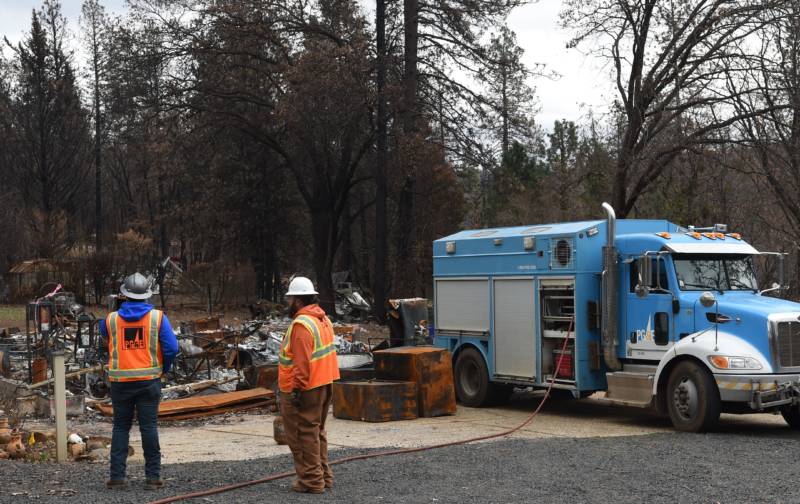California’s investor-owned utilities are urging state regulators to authorize bigger profits for shareholders. On Tuesday, Pacific Gas & Electric, Southern California Edison and San Diego Gas & Electric are expected to tell the California Public Utilities Commission (CPUC) that investors — spooked by the utilities’ liabilities from sparking recent wildfires — demand more incentive to hold stock in the companies.
Ratepayers would get hit with higher bills if the CPUC greenlights the boosted profit payouts, known in finance as the “return on equity.”
After asking for significantly higher payouts in April, in recent weeks the utilities have scaled back their profit proposals. Those revisions come in the wake of Assembly Bill 1054, which lawmakers passed on an urgent basis this summer. The law establishes a wildfire fund paid for by both ratepayers and shareholders.
PG&E, California’s largest investor-owned utility, had initially asked the CPUC to let it hike its return on equity from the current 10.25% to 16%. But with AB 1054, PG&E argues that investors are likely to accept a smaller bump in profits.
“Because of the leadership of the Governor and the Legislature in creating a statewide fund to cover the costs of future wildfires in California, PG&E is able to reduce its proposed return on equity from 16% to 12%,” a PG&E spokeswoman told KQED in a statement.

